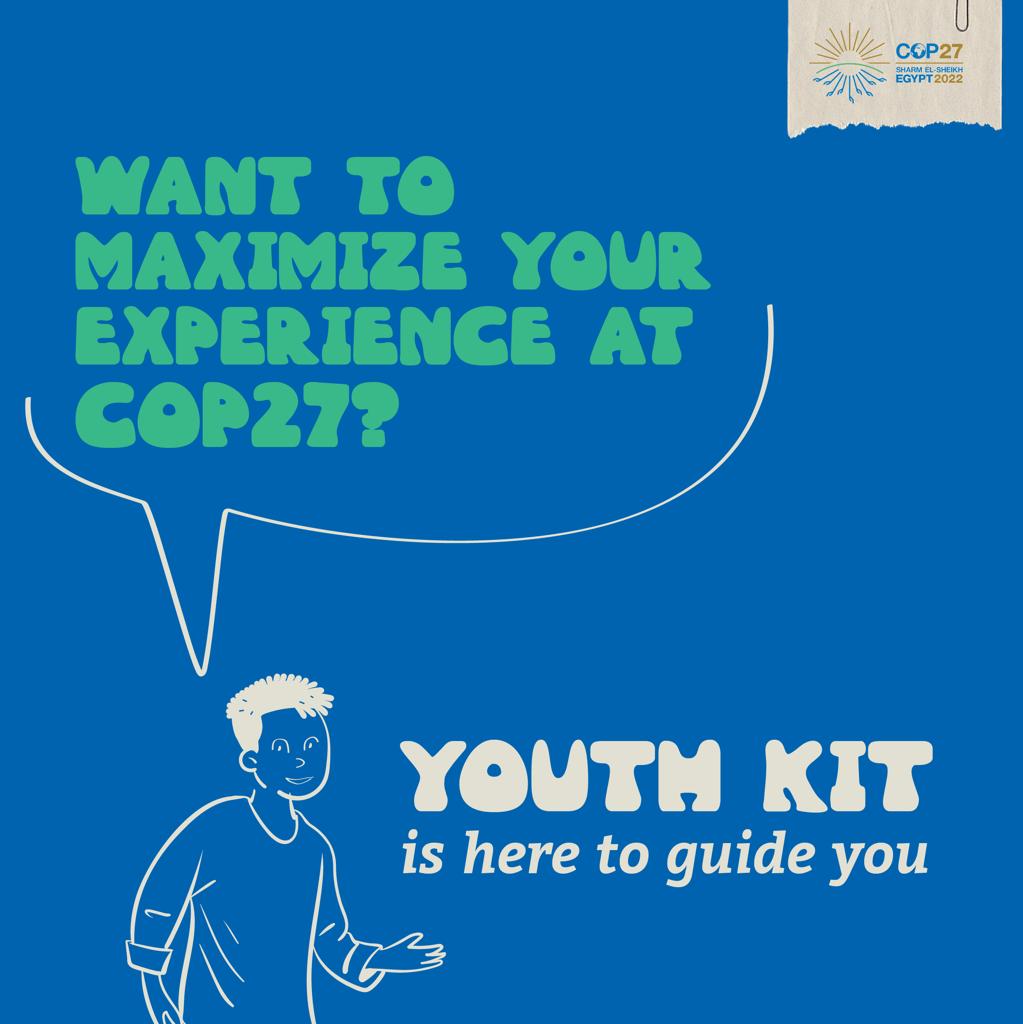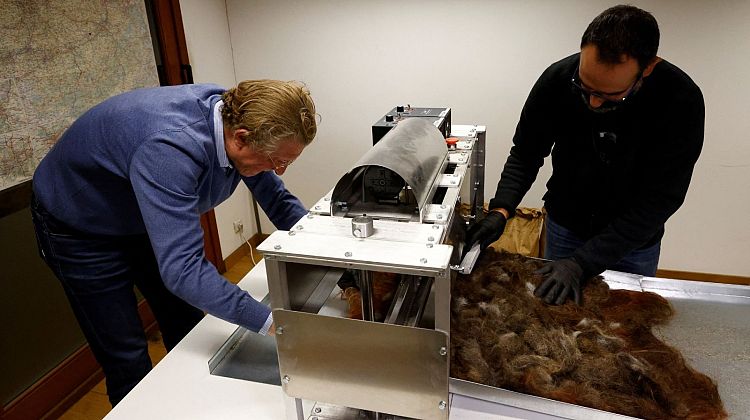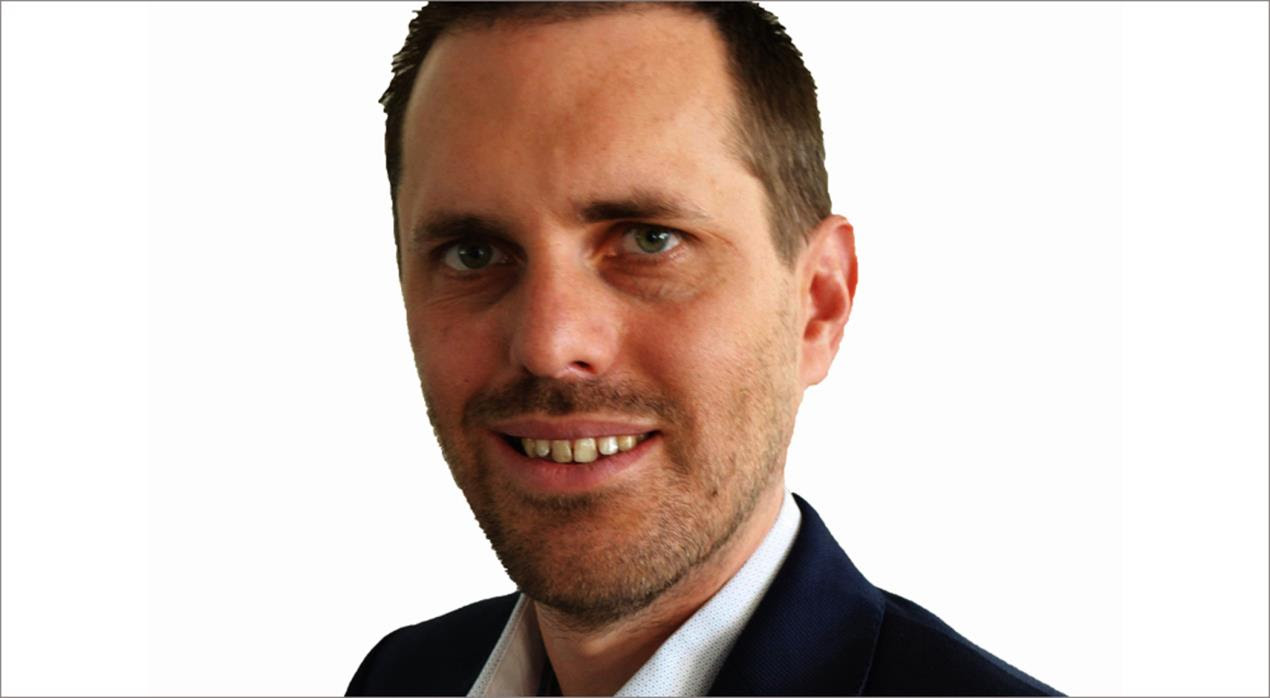A Belgian NGO is using human hair clippings to absorb environmental pollutants. In a project that supports the circular economy. The project is being led by Belgian non-profit company Dung Dung, which develops projects that use hair recycling for economic benefit.
Clippings are collected from hairdressers across the country. It is then put into a machine that turns it into interlocking squares. They can be used to absorb oil and other hydrocarbons that pollute the environment.
Hair rugs can be placed in drains to absorb pollution from the water before it reaches the river. They can also be used to deal with pollution problems from floods and to clean up oil spills. One kilogram of hair can absorb seven to eight liters of oil and hydrocarbons.
“Our products are more ethical because they are made locally…not imported from the other side of the planet,” says venture co-founder Patrick Jansen. “I was made here to deal with domestic problems.”
Since the hairs are rich in nitrogen, they can be used as garden fertilizer. Many companies are also experimenting with hair as a building material.
London-based biofabrication company Biohm uses human hair waste to produce alternatives to wood-based panel materials and 3D objects. At this year’s London Design Week, Studio Sanne Visser unveiled homewares featuring human hair rope.
On their website, the Hair Recycling Project praises the powerful properties of hair: a single strand can support up to 10 million times its own weight. In addition to absorbing lipids and hydrocarbons, it is soluble in water and highly elastic due to its keratin fibres.
Isabelle Volkidis, director of the Helyode salon in Brussels, is one of dozens of hairdressers across the country who pay a small project fee to collect haircuts. Trash these days, when I know a lot can be done with it.”












